Top 5 Bass Fishing Methods for Different Conditions
As you develop as a bass angler, you’ll come across a technique that you absolutely love. It’ll likely be the first thing you try every trip, and you’ll get comfortable with it. That’s perfectly fine, but just having one go-to method is a sure way to miss out on plenty of action.
The truth is, while you might get lucky every once in a while, with the same method, you actually need several methods at your disposal to ensure that you can consistently catch high-quality bass. Bass change their behaviors constantly depending on a variety of factors.
Today, we want to go over the top five bass fishing methods that every angler should master first. These five methods will get you through most situations, and they typically provide quite a bit of flexibility.
Let’s get started.
Newsletter Signup
1: Topwater
Topwater fishing is one of those complicated skills that differ from the normal formula, and that’s why a lot of anglers simply ignore it. That is a massive mistake.
First, by ignoring topwater fishing, you ignore an entire crucial part of the water column. It’s true that zipping a lure just beneath the surface at the top of the column can usually attract any bass that are actively stalking the surface, but they might not be trying to hunt right there, and they can ignore your lure for a frog skipping along or a buzzing dragonfly. An angler should be able to fish the entire water column effectively.
Then, you have to consider that you’re missing out on one of the most fascinating experiences in bass fishing. When bass breaches the surface to snap prey off the surface, they put on quite the show. They’ll flare their gills out in a way no other North American fish does, fly through the air, and arch their bodies elegantly before crashing back into the water; all with a massive splash. They might occasionally breach during a fight, but usually, you’ll only see them slapping their tails. Topwater baits are what tend to cause consistent breaches and leaps.
What is the Topwater Method?
To fish the top water, you’ll need a floating lure. Poppers, topwater frogs, mice, and other lures designed for topwater are common, and the packaging for lures will clearly indicate if they’re made for topwater.
With that floating lure, you cast it out onto the lake, and then you walk it back across the surface.
Usually, you’ll make a few fast skips, and then you’ll pause for a moment to let the bass commit to a dramatic strike. However, some lures are meant to “walk” back and forth on the water with a consistent retrieval method.
When Do You Fish the Topwater?
Topwater lures are exciting, but they’re also somewhat limited in use. There are three main situations when you’ll want to get a topwater lure out there.
First, they’re excellent in the early morning and just before the sun sets. This is when bugs tend to be buzzing the top of the water, frogs are swimming, and more. So, the bass are already looking for prey on the surface.
Then, you’ll want to try it before a storm. Surface prey swarms the water before a storm, and bass go into a feeding frenzy.
Finally, topwater lures are perfect for fishing in areas with a lot of vegetation on the top. Thick mats of algae usually require you to use a heavy bullet weight to punch through the mat and get your lure beneath it, but with a topwater frog, you can bounce the lure on top, and the bass will do all the work to explode through the algae and suck it up.
Things to Consider
Finally, there is one thing to consider, and it’s the main difference that makes anglers get tired of topwater fishing in the beginning. You cannot set your hook right away.
Bass tend to open their mouths wide and swallow the lure into their gullets when they’re eating things from the surface. Also, most topwater lures have hooks that are designed to be protected from catching on algae. This is especially true for frogs, and they need to be compressed by the fish to expose their hooks.
If you set the hook right away, you’ll probably pull the lure right out of the mouth of the bass. Instead, let it go under, count to two, and then set it.
2: Jig the Bottom with a Football Jig
One of the bass fishing methods that we often recommend is to jig the bottom with a football jig. Jigging the bottom is a great way to catch bass, and it works wonders a lot of the time. With the proper technique, you can cover the entire water column briefly, and you can work the bottom while creating enough of a commotion to anger nearby bass. They don’t have to be sitting right at the bottom to see the lure.
What is Jigging the Bottom?
A jig, specifically a "football jig" for the purposes of this section, is a football-shaped weight molded around a hook. Usually, it also has a rubber string skirt and a weed guard installed.
The purpose of a football jig is to let it “wobble” from the surface to the bottom at a moderate pace. It can get bites on the way down. However, the real work starts when the lure hits the bottom.
If you twitch and reel slowly, the football jig will gently roll over debris. This prevents it from getting snagged in rocks and limbs as it bounces around on the bottom.
Assuming your jig has a skirt, the skirt will fluctuate, and it will resemble a bait fish feeding on tiny crustaceans. If you add a trailer such as a crawfish lure, it can look like a crawfish bouncing along the bottom. Worms and creature baits are also useful for this presentation. Finally, you can even add slip-on rattlers to these jigs to make a bit of noise and drag bass down to it.
When Should You Jig the Bottom?
You can jig the bottom in most circumstances, but it works best when the fish are likely to be close to the bottom of the column. It’s especially useful when the bass are spawning, because you can bounce that jig right on top of their beds, and they’ll go nuts.
Another great time is during the crawfish season in the late summer and early fall. You’ll mimic a part of the food chain that bass love during that time of the year.
3: Trailer Tipping and Lure Modification
There are several types of lures on the market that you might think are meant to be fished as they are, but they are actually a lot more flexible than they appear at first glance. In fact, there are even some less conventional modification opportunities that let you increase your ability to catch fish and change the entire way the lure works.
In this section, we’ll cover some easy mods, both intended and user-made, that you need to work into your repertoire and change your method with.
1: Trailers and Tippers
If you’re using a spinner bait or jig, and you’re not attaching a soft-plastic lure as a trailer, you’re missing out on a lot of opportunities.
The hook protruding from the back of the weight on such lures is obviously meant to catch fish, but you can also slip a worm, creature bait, crawfish, or soft plastic swimbait on it. This will change the lure’s profile, add more action to it, and change the entire way it works. For example, you might do this to a spinner bait with a creature bait attached, and allow the spinner to drop periodically; creating the look of a lizard swimming through the column.
2: Bait Tipping
One bad thing about lures is that they aren’t actually food. You have to trick the fish into thinking they’re food.
You can increase their effectiveness by adding a bit of legitimate bait. A piece of cut bait on a jig, corn or crappie pellets on the tips of hooks, and similar things can all be used to add a bit of substance to your lure. It will also disperse its scent into the water.
This method is highly recommended.
3: Weights and Rattles
You can add a couple of small split shots to a topwater frog to make its rear sink slightly into the water. This will make it walk more, and it will generate a subtle noise that attracts bass.
As a bonus tip, consider squirting a scented formula into the drain hole of the lure. It’ll disperse the scent throughout the water as it walks.
4: Drop Shot Rig
This is one of the bass fishing methods that can be difficult to learn if you’re not used to it, but it offers you an insane amount of precision.
The drop shot rig is a simple rig that makes your lure drop straight down with incredible speed once it hits the water. It requires you to cast it in a way that makes the lure hit the water without the wait dragging it out more, and that means you’ll need to make shorter casts, but the precision of your lure placement will never get more accurate.
What is a Drop Shot Rig?
A drop shot rig is simple. You tie on your worm hook, and you attach whatever soft-plastic lure you’re using. Senkos and other stick baits are popular with this method. Then, at the end of your line about a foot away from the lure, you tie on a special “drop shot” weight. These are cylindrical weights with little loops at the top for tying them on.
The weight being at the bottom is what drags the lure straight down, but you can’t skip it over the surface or let it maintain its forward momentum with really hard casts.
When to Use a Drop Shot Rig
There are two main conditions you want to use a drop shot rig in. First, you should use it in the spawn. If you can see the beds, and you can aim your drop shot properly, you can sink the drop shot right on top of the bed and instantly trigger the bass.
You should also use a drop shot when you want to cut right through the water column to reach a deep spot. This is usually done right off the side of your boat, and there is little casting involved. So, you can be extremely precise.
5: Skip Your Cast
Finally, you need to learn how to skip your lures. It’s an overlooked skill, but it’s more than just flashy casting for pros. It’s accurate, and it’s necessary to get to some of the best spots.
What is Skipping a Cast?
Have you ever skipped rocks? It’s like that, but you skip your lure by casting sideways and aiming properly. The lure can then hit the surface early and skip its way to your intended location.
When Should You Skip a Cast?
Skipping your lures is most useful when you’re casting toward a bank that has heavy greenery growing above it. You don’t want to cast into the trees, but you want to get underneath their coverage.
It’s also perfect for fishing around docks. It’s like traditional “dock flipping”, but you don’t have to sit around bending your rod, holding your line out, and timing swings or anything like that.
It takes effort to learn how to skip your lure effectively, but once you do, you’ll be able to skip it right to where you want it every single time.
Things to Consider About Skipping
Since skipping requires your lure to skip across the surface, it doesn’t work with every rig. For example, a drop shot rig will almost immediately sink. Weightless soft plastics will usually stop early as well because they don’t have anything carrying their momentum forward.
Texas rigs, cranks, and similar lures are great options, though. Since those are the most commonly used lures in the bass fishing world, this is a method you’ll almost always be able to use.
Get More Bass Fishing Tips With Bass Forecast
Hopefully, you learned something from these bass fishing methods, and you can start practicing a new technique on your next trip to the lake. However, there’s a lot more to learn! Be sure to check out our other useful guides on fishing bass:
Best Bass Fishing Lures [Ultimate Guide To Bass Fishing Lures]
9 Benefits of Using a Fishing Forecast App for Catching Bass
If you want the latest fishing tips, or you want the best fishing app on the market, check out Bass Forecast Fishing App, today.



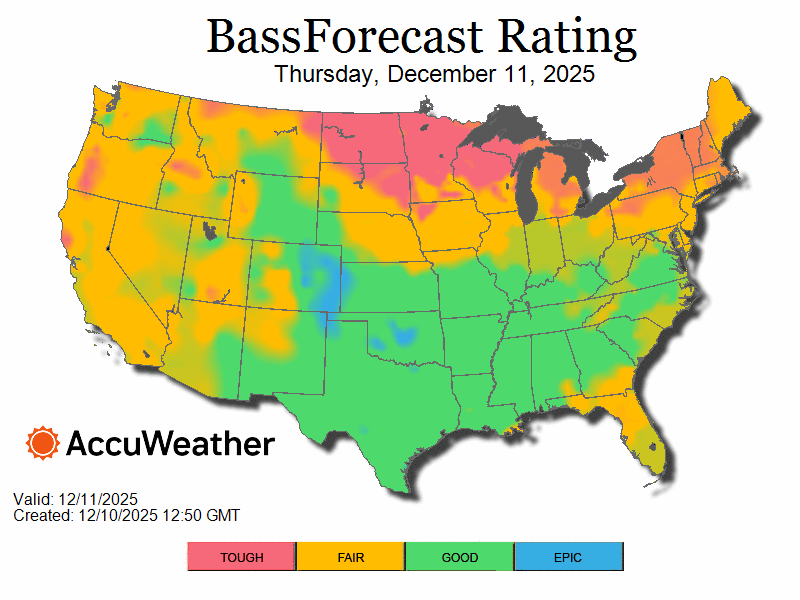
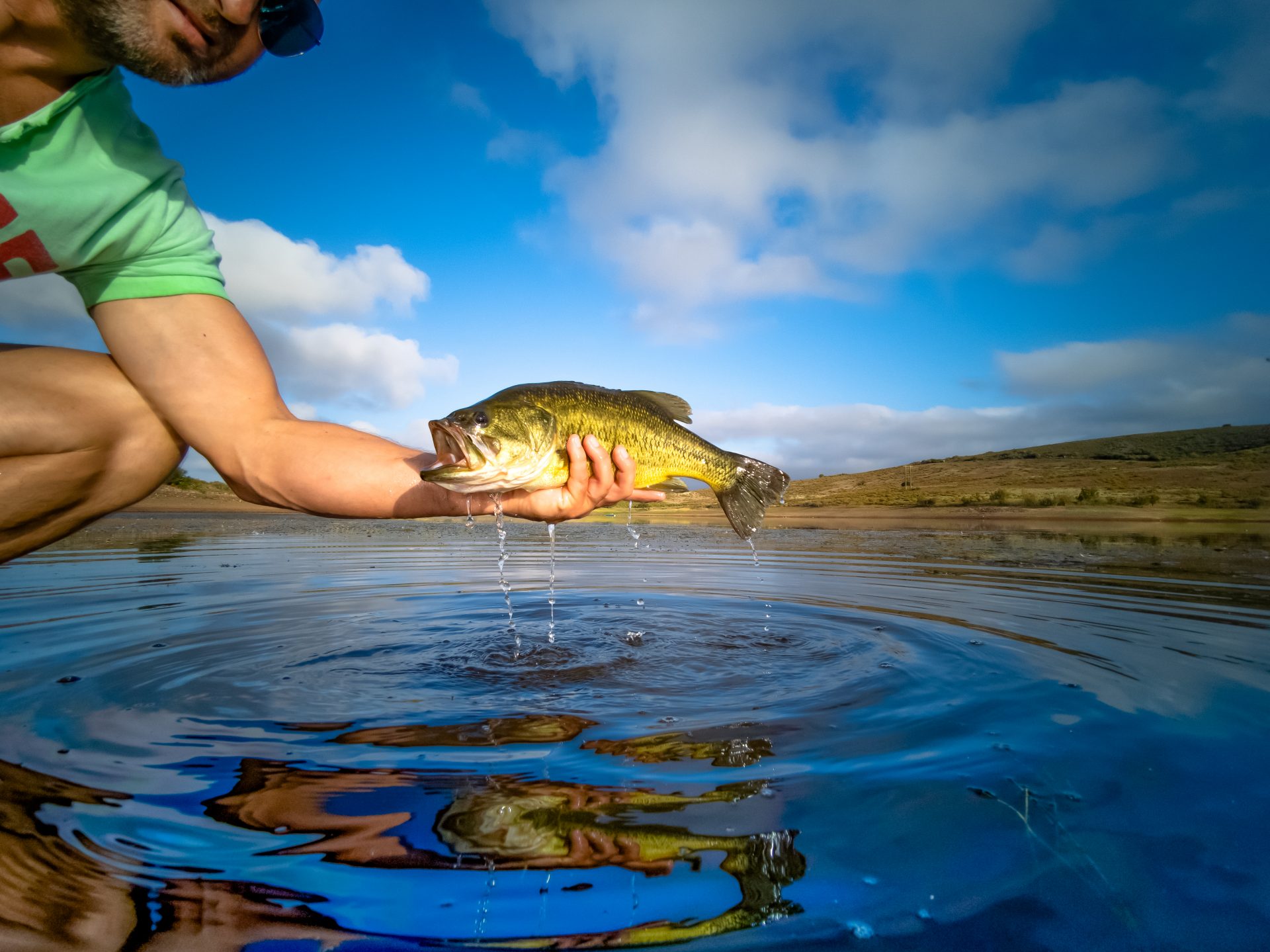
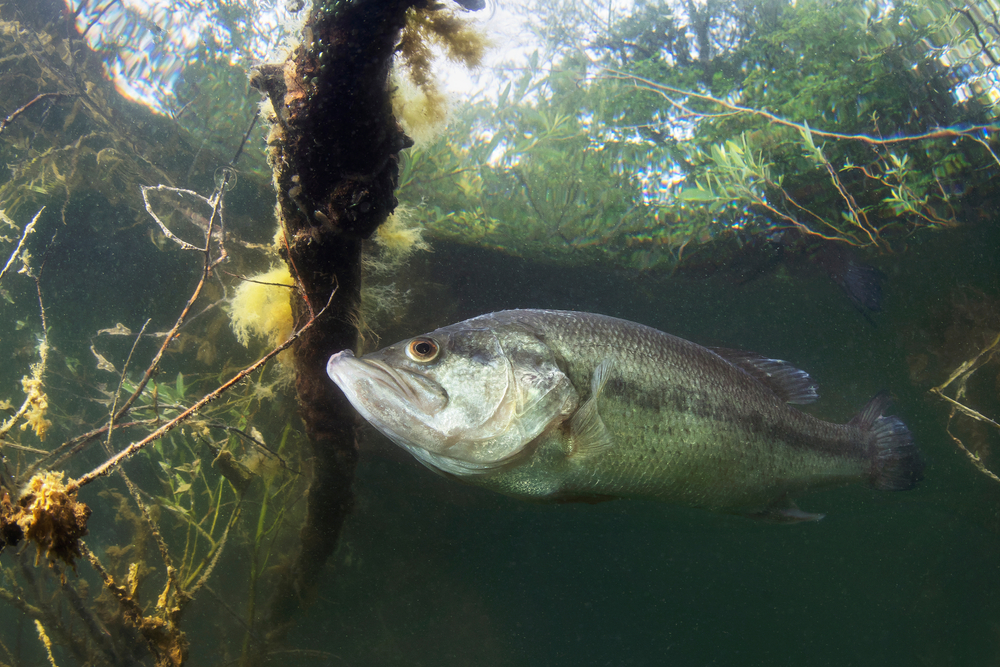
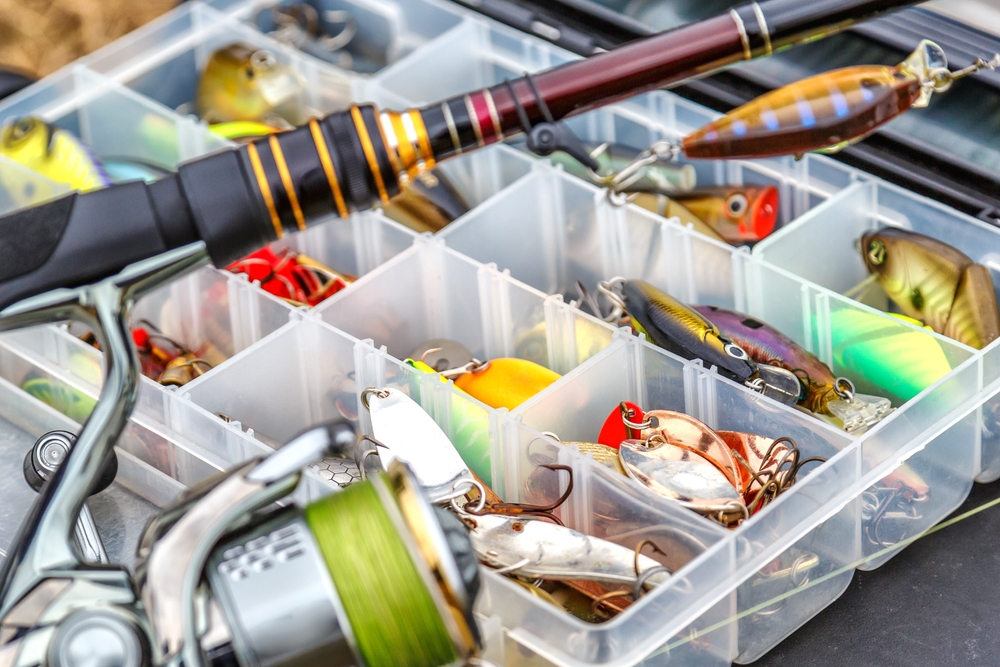
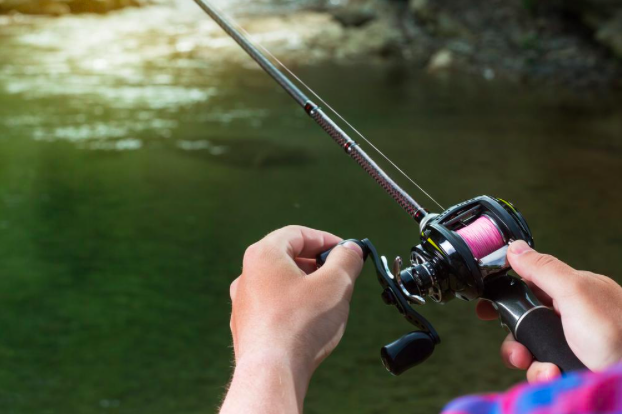
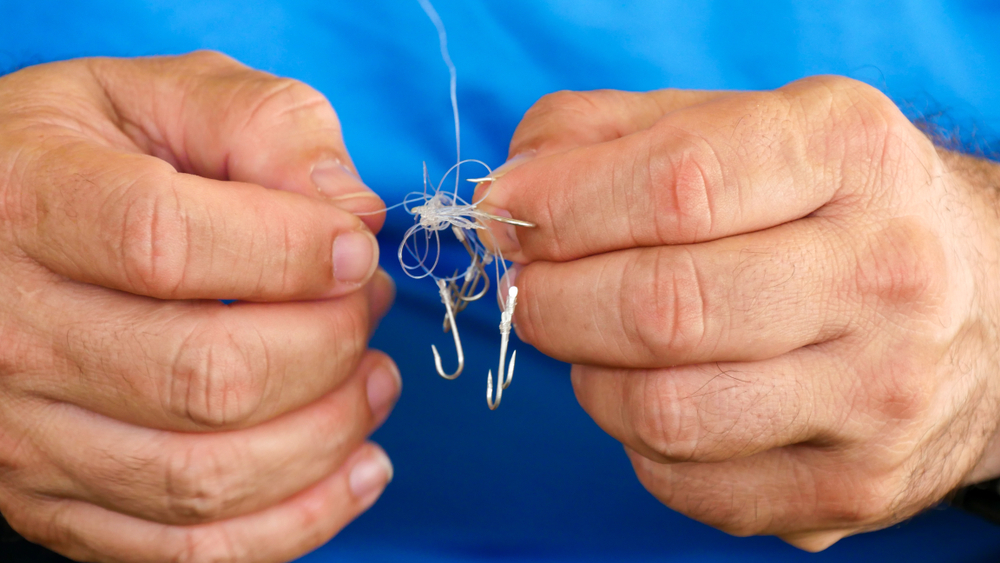
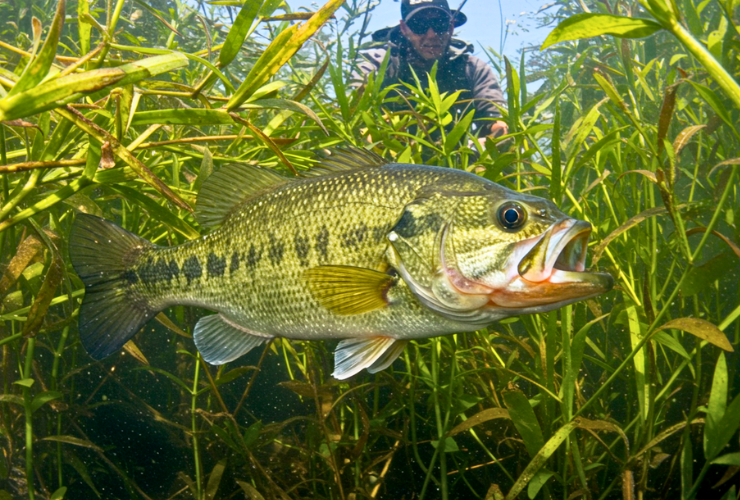
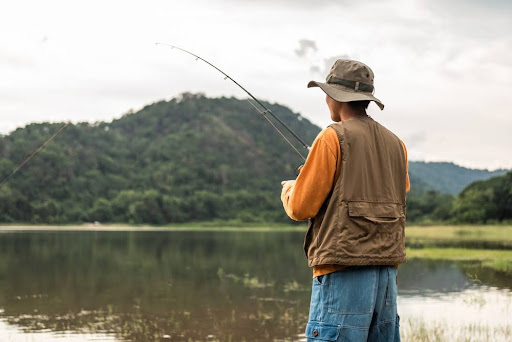

.png)
.png)